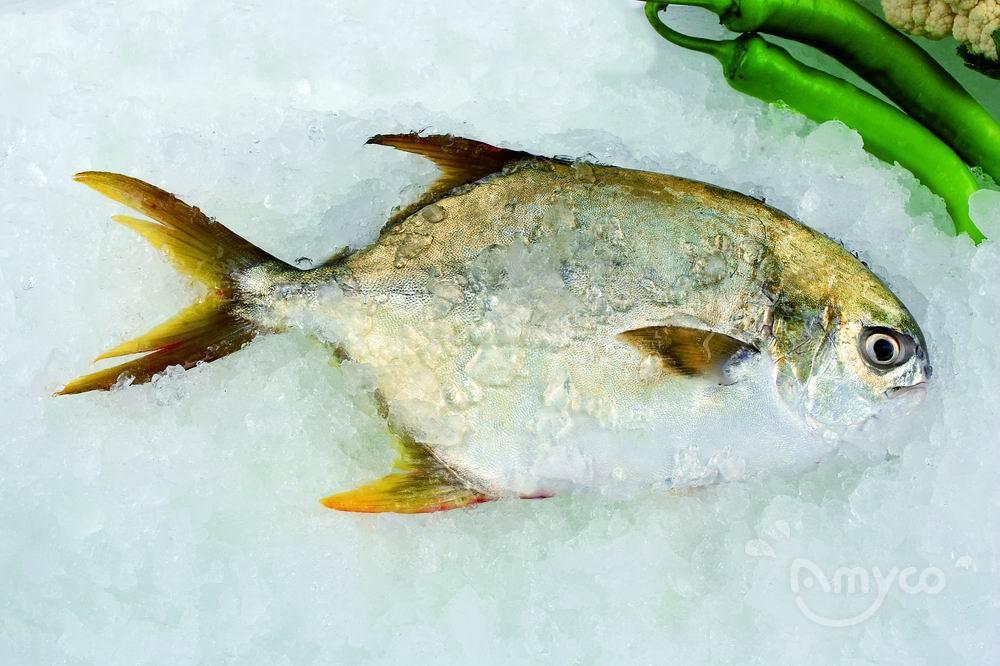Recovery seen in seafood retail sales as market tensions ease - 翻译中...
The cooling demand for seafood since the start of year as American consumers grappled with high prices may soon become a thing of the past as supply chain troubles are easing and inflation appears to be reaching its peak.
Data from Chicago, Illinois-based market research firm IRI show dollar sales of fresh seafood rose 2.5% to $3.8 billion in the past 13 months ending Aug. 7, but unit sales fell by almost 13% as prices went up 18% from a year ago.
"That's a big deal. If you raise the price of anything in the US by 18%, you're going to see a drop in volume. And that increase in prices is due to the increase in costs – cold storage, labor, transport," Chris Dubois, IRI's senior vice-president in charge of animal protein practice, said in a recent interview.
Species snapshot
The price of fresh shrimp, America's favorite seafood, rose 10% during the period, dragging down sales volume by 18%. Dollar sales were down 10% to $853.4 million. Salmon, the second most popular seafood among American households, suffered a loss of 4% in unit sales but dollar sales were up 9% on the back of the 14% increase in prices per pound.
The levers that caused inflation seem to be going back to normal, Dubois noted. He might be right.
According to the Desjardins Economic Studies report released by the Canadian financial group in August, the worst may be over as supply chain disruptions seem to be easing, putting prices of oil and grains on track to levels seen before the war in Ukraine.
"I think we are at that danger point where if prices go up another big cycle in the next six months like we've seen in the past year, we will lose a lot of consumers. On the other hand, if you see prices come down, you're going to see a lot of consumers come back in. Right now, every indication is that prices are coming down," Dubois said.
Seafood gained new customers during the height of the COVID-19 pandemic as restaurant shutdowns drove more Americans to eat more seafood at home. While the foodservice sector's reopening and inflation somewhat dented seafood retail sales,the pandemic has created a group of "confident cooks", a group that Dubois believes will keep on cooking seafood at home.
"The seafood case has been the big driver of growth because during the pandemic we saw a major change in American shopping behavior because people, in general, were very hesitant to cook fish.
We saw a lot of households buy fish for the first time and, not only do they buy at once, they also bought it again and again and again," he said.
Indeed, data from IRI shows seafood retail sales reached record highs during the pandemic. Dollar sales of fresh and frozen seafood combined grew 28% to reach $16.5bn in 2020 over 2019. Sales grew by a further 0.9% in 2021.
"Thirty percent of American households drove almost all the volume change in the seafood case over the last three years by buying not only different types of species but also more of it.
On the other hand, eating out is expensive, so while you will see the upper-income brackets eat out more, they are also the kind that will buy fish. US seafood consumers have higher incomes and are more educated," he said.
Rosy outlook
The trend retailers refer to as "premiumization" is likely to stick, he says. The term was coined in the 1990s but saw a resurgence during the pandemic when consumers traded up to more expensive food and beverage items, including seafood.
"People are willing to pay a little bit more to have a good meal at home – not all the time but some of the time," Dubois says. "So even though they may be cutting back and moving to private label in some cases, or paring down on sizes, as long as Americans are staying employed and things are good in the economy, seafood still has a place on the American dining table and the supermarket is still the place to get it. You're going to see that push for premium products in fish. That can be a weekend meal or something that goes to the grill or comes out of the oven."
To see dollar sales go up even higher from last year's level, even if volume fell somewhat, is still a "very powerful statement for an item that's gone up almost 20% in price in the last year," Dubois said.
"I'm very optimistic over the next year. We'll see seafood volume come back. Dollar sales are strong but I expect volume to come back as well," he said.
He is confident that seafood is also well positioned for the long term.
"We see a lot of continued growth among younger generations: the Millennials and Gen Z are very big consumers of seafood. If you look ahead five to 10 years, I think the seafood case in particular is very well set up for growth long-term.There are a lot of categories that are facing some declines because they may not successfully speak to the millennials, but right now the seafood case is set up not only for a very good next 12 months but probably for a good five to 10 years," he concluded.







